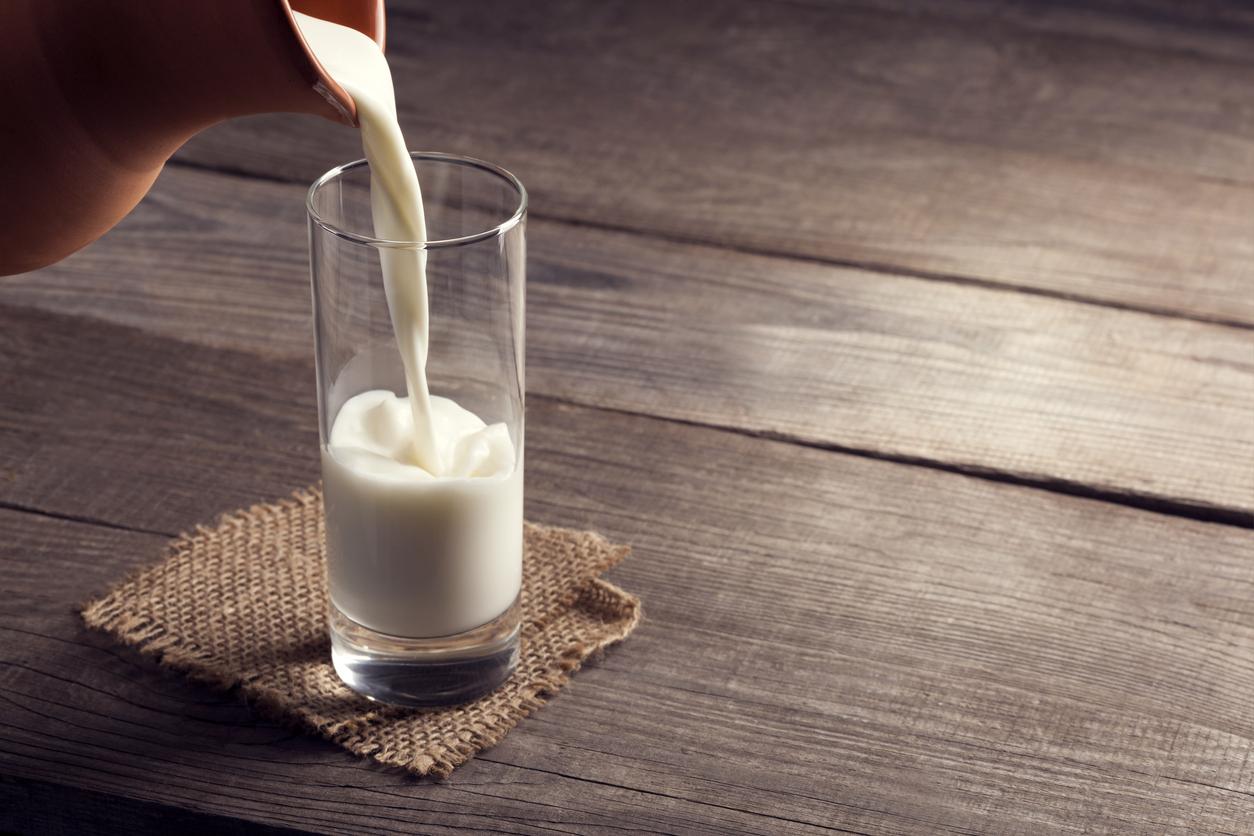Where does German chamomile come from?
Also commonly called chamomile Germanchamomile matricaria means a herbaceous plant belonging to the Asteraceae family. Botanically, the plant is about thirty centimeters tall. Covered with fine hairs, it reveals white flowers that make it look like the white daisy.
Originally from Europe and Asia, German chamomile is now cultivated around the world as a medicinal plant. Rich in active compounds such as terpenoids and flavonoids, German chamomile helps relieve many ailments.
What are the benefits of German chamomile?
German chamomile has many health benefits. It is used in particular for:
- relieve the digestive disorders (irritable bowel, gastritis, diarrhea, nauseaetc.) ;
- relieve the menstrual pain (in Latin, matri means “mother”, chamomile is a plant traditionally associated with female disorders);
- fight againstinsomnia (although the World Health Organization recognizes the effects of German chamomile on sleep, these are actually only modest);
- fight the states ofanxiety and nervous restlessness;
- German chamomile helps fight skin diseases such aseczema where the psoriasis. It also displays an effective action againstacne and promotes the process of healing.
How is chamomile used?
German chamomile is most often used in the form ofinfusion oressential oil. There are, however, other forms of commercialization of German chamomile such as powder, capsules and tablets.
For skin care, matricaria chamomile integrates the list of products used for the production of creams, shampoos, etc.
For internal and external use, it is recommended to follow the dosage indicated by the manufacturers.
What are the contraindications of chamomile chamomile?
People allergic to plants belonging to the Asteraceae family (Daisy, arnica, chrysanthemumetc.) are advised not to use German chamomile in the treatment of their digestive disorders, sleep disorders, etc.
As a precautionary measure, German chamomile is also not recommended for pregnant and breastfeeding women.
Read also: Lavender: benefits, uses, all you need to knowRosemary: what benefits, how to use it?Spirulina: origins, health benefits, how to use it?Dill (seeds): what benefits, what uses?















